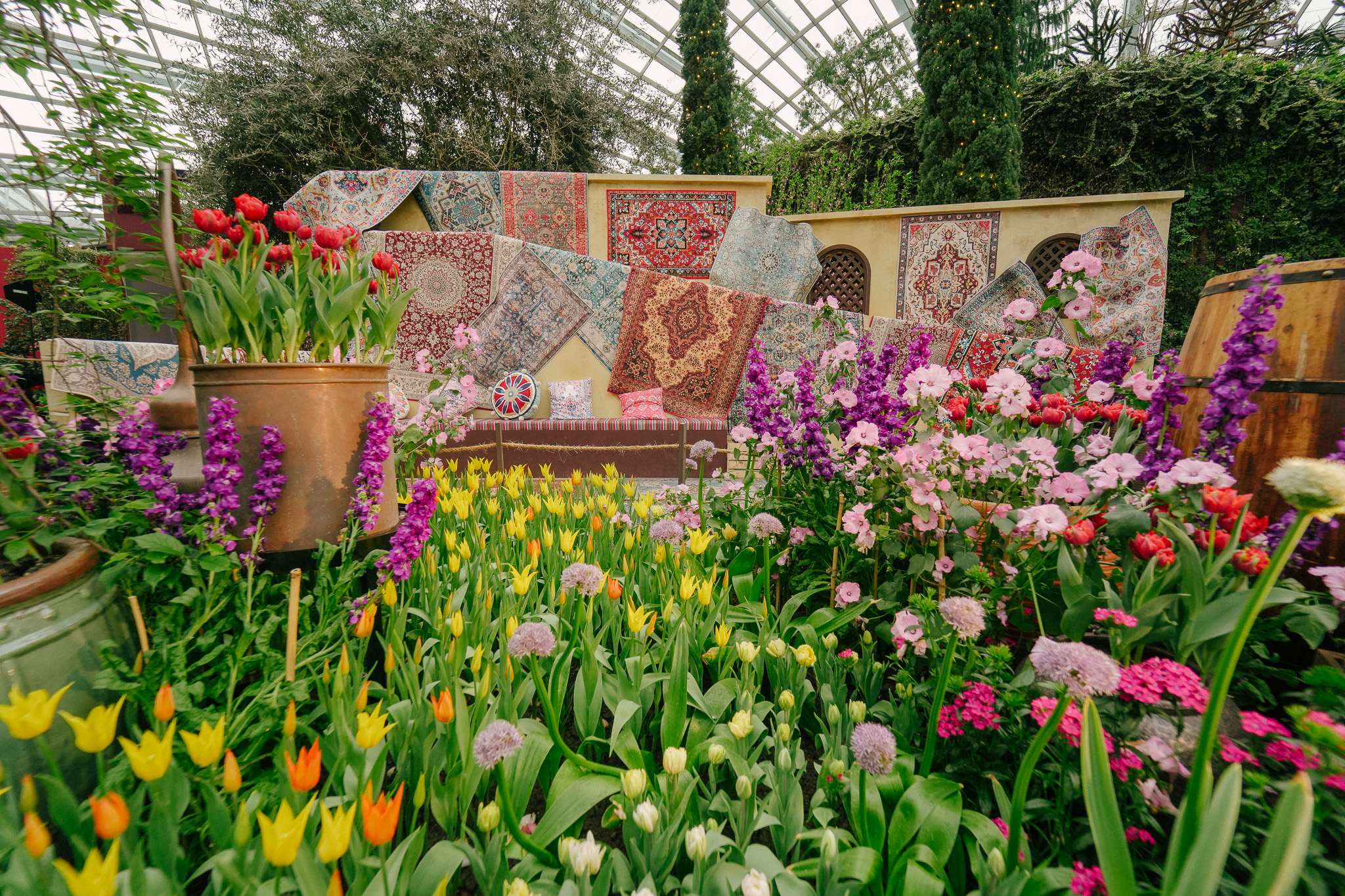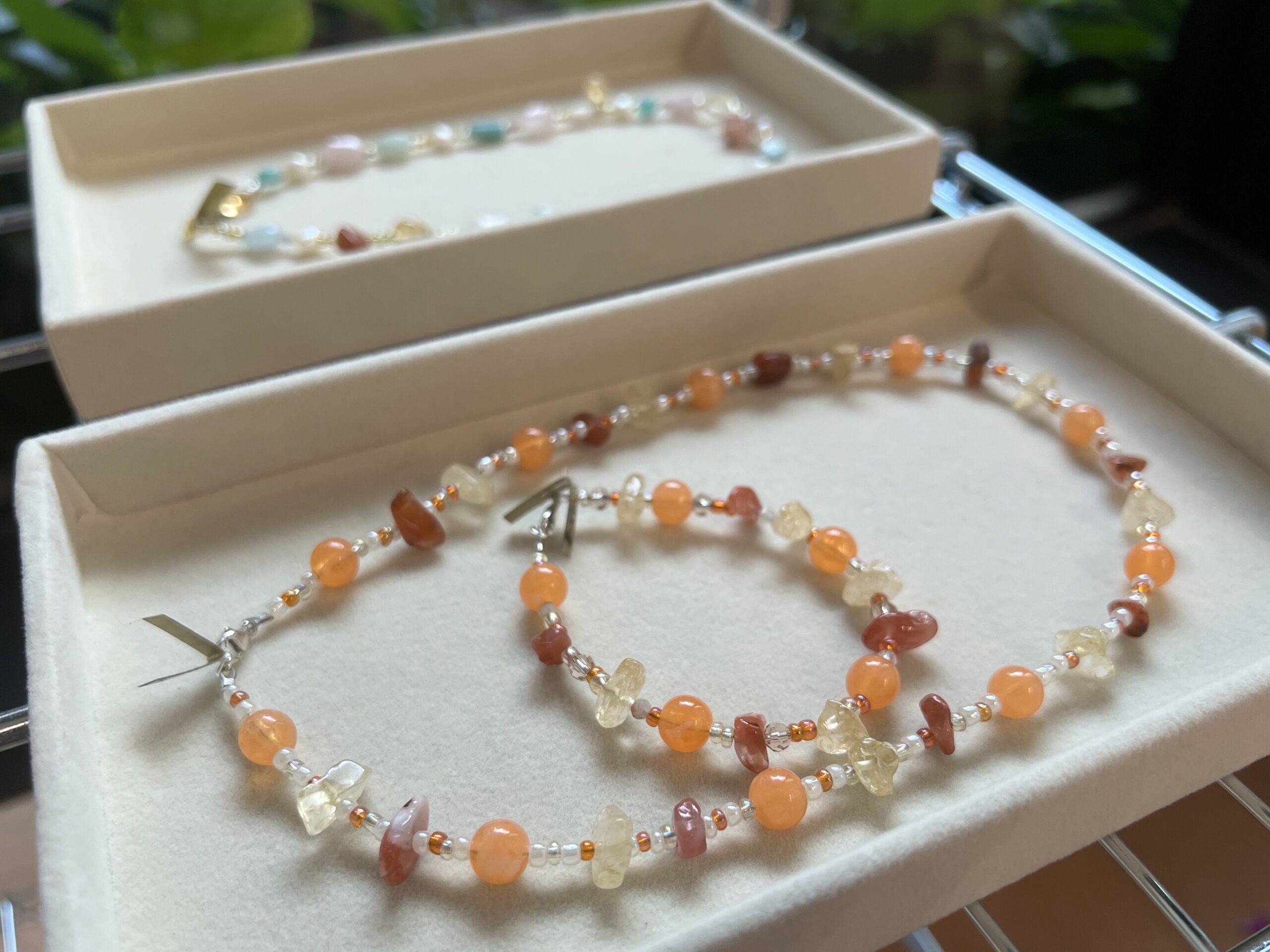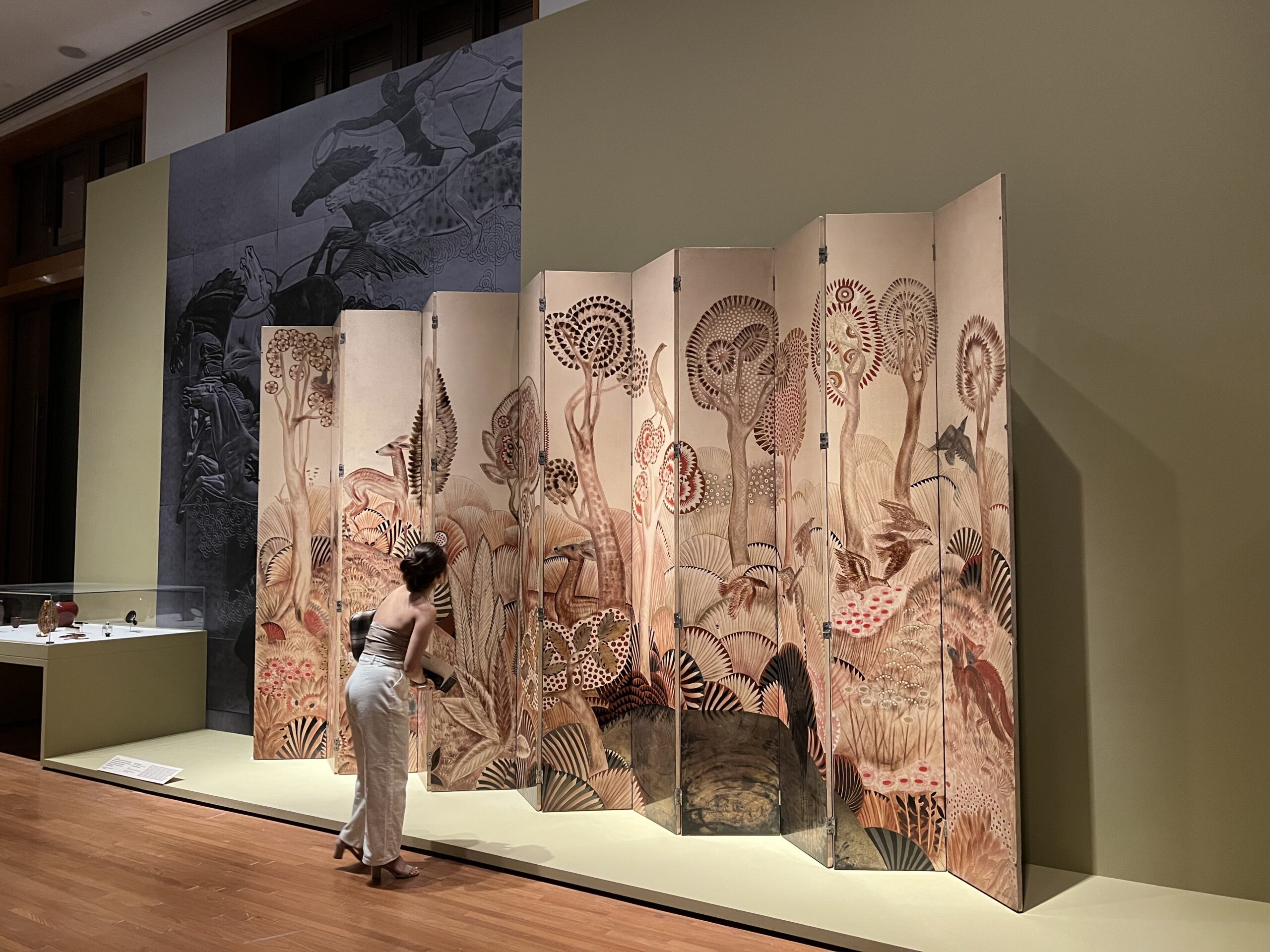At ArtScience museum, I noticed that there would be two different main exhibits going on concurrently with one featuring the artwork of influential and renowned artists/designers at the upper gallery and the other exhibit mostly features the science behind historical events at the lower gallery. The world of arts and Science can be very distinct in nature and I would presume that an ‘arty’ sort of person would be less fascinated by the scientific and historical truths and for a ‘science’ person, it would be hard for them to grasp the abstractness behind every artwork. Likewise for myself, I’m leaning more towards Sciences due to my theoretical Scientific background knowledge but strangely enough, I do enjoy the arts which very often stimulates the creative juices that made life seemed a little more beautiful and precarious at the same time.
Could the arts and science ever get intertwined together? The marriage between the two different faculties of mindset is made possible at the ArtScience museum. Here, you attain the best of both worlds.
Essential Eames: A Herman Miller Exhibition
(29 June 2013 – 5 January 2014)
@ ArtScience Museum
After touring the Mummy: Secrets of the tomb exhibit, we were brought to view Essential Eames: a Herman Miller exhibition where we get to soak into the spirit and philosophy behing the most famous couple in design history, Charles and Ray Eames. And Herman Miller, a furniture company, is the manufacturer of Eames’ products.
At this point, you might be thinking who on earth Charles and Ray Eames are. Just like myself, I only got acquainted with this adventurous duo who together, embarked on a mission to change the way in which people viewed design, through this exhibition held at ArtScience museum. Keep an open mind and be inspired by the breadth, pleasure and richness of Eames’ work.

This is a little activity booklet for children to go on a materials trail where they would collect rubbings of six different materials in the various galleries. This interactive journey provides you the opportunity to learn more about the materials and their design applications found throughout the exhibition.
Based on the book An Eames Primer by Eames Demetrios,which captures the philosophy behind the work of the duo, discover the seamless connection among their vast and creative outputs as found in the exhibition.
“The role of a designer is that of a very good, thoughtful host anticipating the needs of his guests.” – Charles Eames
At some point in our lives, we were all once designers who generates and experiment with new ideas to improve our way of life. Aren’t we all designers who were destined to design on very own lives with the decisions and choices we made everyday? We anticipate our needs and changes taking place in our lives so that we could plan a step ahead of what is to come. So doesn’t that make us all designers too?

The Essential Play
Within the exhibit, there’s an exhibition programming space called Essential Play where visitors are able to create their very own small-scale furniture pieces using ice-cream sticks, cloth, cardboard and other materials. You can then take home your mini artwork and displayed it on your desks. This is also a great opportunity for you to discover if you have any flair in art or design as you utilize the many materials on display in the exhibition and put into practice the principles of designs used in the work of Eames’.
Tours and Workshops
Guided Tour for Adults
Saturdays and Sundays in June and July | 11.30am
Saturdays from August | 11.30am
Playing with Masks
Saturdays and Sundays | 3.30pm – 4.30pm
Inspired by the masks displayed in Essential Eames and the design couples’ love of play, children will hae the chance to make and decorate their own animals masks here.
Mini Furniture Creations
Booth opens daily.
Towards the end of the tour, I met up with the Associate Director of Programming at the ArtScience Museum,Anna Salaman,who gave us an introduction about the interactive workshops and activities held at the museum itself. It was pleasant talking to her about the educative value of such museum workshops where people of all ages are invited to learn and explore through exclusive hands-on activities like the Embalming workshop ( at Mummy: Secrets of the tomb exhibit) which might otherwise not be taught elsewhere. I’ve always thought that such museum workshops and activities were mainly targeted at children but come to think of it, these workshops were both enriching and enlightening for adults too. So there’s no reason for me to say to shrugged my shoulders and say “these workshops are just for kids” because these workshops are multi-age and multi-levels.
Essential Eames’ merchandise
Just when we thought the guided tour was over, we were told of another interesting exhibition held at level 4 of the museum. This exhibit was organised by SIM-RMIT’s Communications Design graduates. Every
first Sunday of the month, such exhibits will showcased by different groups of people.This exhibition,Takeaway 2013 happens to coincide with the first sunday of the month of July 2013. (* Takeaway 2013 is not an ongoing exhibition.)
At their front main booth, I asked if I could take photographs of this exhibit and this guy jokingly said, “You want to take a picture of me?” Though I didn’t intend to take photos of the design graduates but here it is, a little publicity for you.
We first took a tour through Takeaway 2013’s very own supermarket where we digest fun facts about supermarket design like why certain grocery items were placed in the centre of the aisle while others were place right at the end of the aisle. The reason being customers usually deliberate longer over certain type of products as compared to the others, so food popular food items which has several competing brands are usually placed in the middle of the aisle, so that it will not obstruct the pathway of others. Interesting? The design of the supermarket is based on consumerism behaviour.
What would it be like in a world without design?
Play a little guessing game.
Vintage printing machine – a traditional way of printing.

![[Review] Yānhuo restaurant 烟伙 : A new modern Chinese bistro with a vintage charm](https://deeniseglitz.com/wp-content/uploads/2025/04/IMG_7489-150x150.jpeg)



























